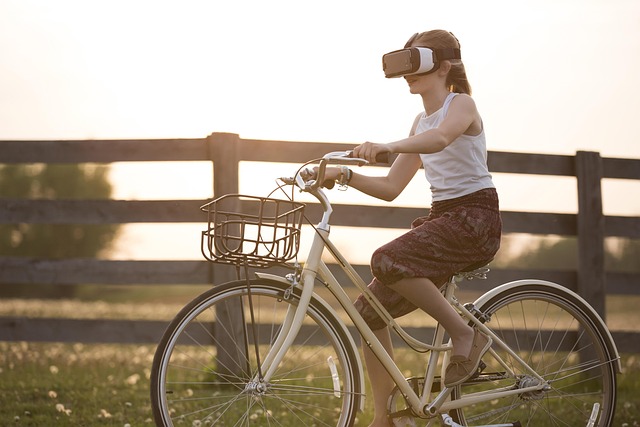The landscape of education is undergoing a profound transformation, driven by the advent of virtual educational methods. No longer confined to traditional classrooms, learning is expanding beyond physical boundaries, allowing educators and students to explore innovative frontiers. Among these revolutionary approaches, virtual reality (VR), augmented reality (AR), and the metaverse are leading the charge, offering immersive and interactive experiences that can revolutionize how knowledge is acquired and shared.
Imagine stepping into a VR classroom where the boundaries of time and space dissipate. Students can don headsets and find themselves walking alongside historical figures or exploring the depths of the oceans. Virtual educational methods like VR create a fully immersive environment, making learning not just a passive experience but an adventure. The emotional engagement fostered by visceral experiences enhances comprehension and retention, empowering students to connect with subjects in ways that textbooks never could.
On the other hand, augmented reality enriches the environment around the learner, overlaying digital information onto the physical world. Picture a biology class where pupils can point their devices at a flower and instantly receive insights about its anatomy, lifecycle, and ecosystem role. This interactive approach encourages exploration and inquiry, as students engage with their surroundings and enhance their understanding through visual and contextual learning. With AR, the world becomes a dynamic classroom, filled with discoveries waiting just a glance away.
The concept of the metaverse takes this evolution a step further, establishing a virtual universe where students and teachers can interact in real-time and work collaboratively regardless of geographical limitations. In this immersive digital landscape, the possibilities are endless. Collaborative projects can span continents; expert guest lecturers can join from anywhere in the world, and students can partake in experiential learning in simulated environments that are meticulously crafted to emulate real-life scenarios.
These virtual educational methods offer unprecedented opportunities for accessibility and customization. Instead of a one-size-fits-all approach, personalized learning experiences can be developed to cater to individual needs, learning speeds, and preferences. For students who struggle in a conventional setup, these methods provide alternative pathways to grasp complex ideas and showcase their creativity.
Moreover, as educational institutions embrace these technologies, we witness a cultural shift toward skills that transcend traditional academics. Creativity, critical thinking, and digital literacy are cultivated, preparing students for a rapidly evolving workforce. In these immersive spaces, they develop not just knowledge of specific subjects but the skills to adapt and innovate in the face of future challenges.
Despite the incredible potential of virtual educational methods, there are considerations that need to be addressed. Equity in access to technology must be prioritized to ensure that every student has the opportunity to take part in these enriching experiences. Educators also need training and resources to effectively integrate these tools into their curricula. As we stand on the brink of this educational revolution, it is crucial that we navigate these challenges thoughtfully.
Incorporating virtual reality, augmented reality, and the metaverse into education is not merely a trend; it is a profound evolution of how we think about learning. By embracing these virtual educational methods, we are not just reimagining classrooms but also redefining what it means to be educated in the 21st century. The future of learning is bright and filled with endless possibilities, allowing students to explore, create, and engage in ways that were once unimaginable.



